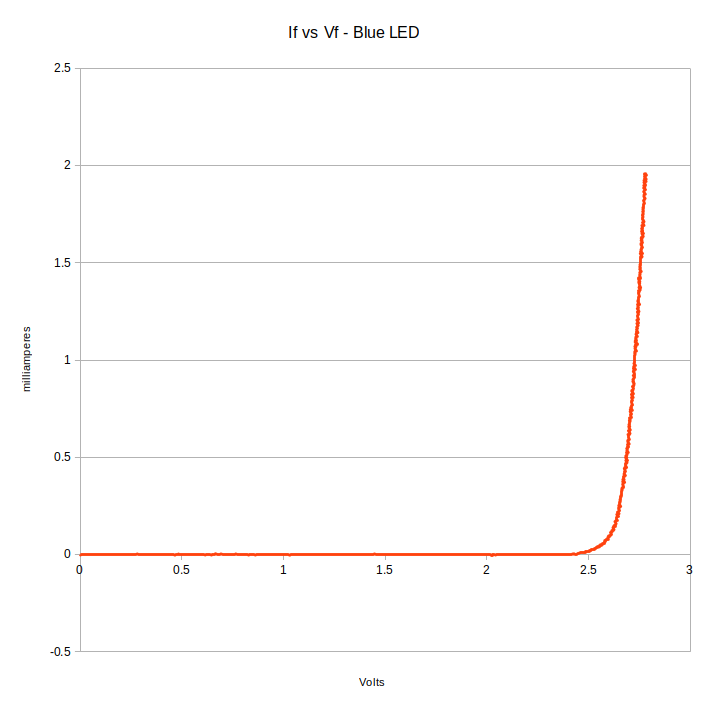Because you specified a coin cell, the circuit becomes really simple:

simulate this circuit – Schematic created using CircuitLab
This makes use of a couple of dirty tricks. Do not use it for anything but coin cells.
Dirty trick number 1:
Normally, you need to limit the current to an LED. A typical 5mm colored LED is rated for 20 milliamperes of current. A coin cell can't deliver 20 milliamperes of current. It can only deliver a couple of milliamperes at most. It can't deliver enough current to damage a typical LED.
Dirty trick number 2:
The ultraviolet LED you've picked out is rated for 3.4V at 20 milliamperes. That's at the high end of the voltage a coin cell can deliver. But, that's at 20 milliamperes. Since the current is lower, so is the forward voltage. LEDs are much like normal diodes in that the forward voltage drops when the forward current drops.
I expect it will light up just fine from the coin cell, though it won't be anywhere near its full brightness. It should work for what you are doing.
The coin cell won't last long, hours at most. You'll have to see if it will last long enough.
You'll probably want to get a holder for the coin cell - you're going to have to replace it often. The holder can double as a switch - just take the cell out to turn off.
If you need a switch, you'll want to get a single pole, single throw (SPST) on/off switch. Any electronics dealer can sell you one. You might even find one on amazon that you like.
Finding parts is your task. Product recommendations are off topic on this site.
Those two "dirty tricks" are the secret behind LED throwies.
A throwie is nothing but an LED soldered to a coin cell and glued to a magnet.
Cheap and simple.
This is a current and voltage chart I made of a blue LED rated for 3.4V at 20 milliamperes:

As you can see, it begins to conduct at about 2.5V. At the top end there, with only 2mA of current, it was uncomfortably bright.
I expect your UV LED will be similar.


